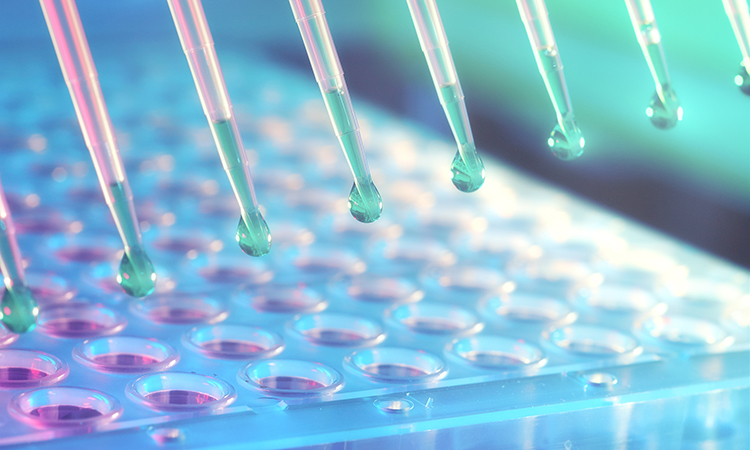Sample preparation automation in label-free compound profiling
Posted: 31 August 2021 | Drug Target Review | No comments yet
Following the latest Drug Target Review webinar, supported by Analytik Jena, we put the audience’s questions to the speakers to understand how hardware, software and labware challenges can be successfully overcome.


What are key factors to control in setting up mass spectrometry assays?
Dr Freek Janssen, Senior Scientist at Pivot Park Screening Centre: First, check if the readout is suitable for mass spec. Our advice would be to take the product, if available, and measure it in milliQ water to check if you can see it with the mass spectrometer. After that, you can gradually increase the complexity of the assay buffer. Look out for any effects that quench the signal, like high salt concentrations. Then optimise the assay further moving into enzymatic conversion starting from the corresponding substrate. Ionisation and signal intensity of the readout are key factors to control.
Are there mass spec-specific assay interferences?
Freek: Yes, there are but mass spec has less interference than other techniques, such as fluorescence. For example, in a few cases, if the readout is very close to the mass range of a compound, you can get isobaric interferences, leading to potential false positives.
How often can I use the tips?
Dr Matthias Fischer, Team Leader Automation at Analytik Jena: How long the tips can be used usually depends on the implemented cleaning routines. However, we use ceramic tips which are highly durable and long lasting in the first place. By implementing frequent cleaning routines, you can expand the life of these tip magazines up to two years.
Is it possible to start with the pipettor and do the automation of the system later?
Matthias: Yes, absolutely. This is the way a lot of our customers do it. They usually start with a benchtop pipetting platform like our CyBio FeliX. After that, they gradually scale up throughput with additional automation systems – plate storage devices, label printers, robotic transports and so on. Of course, for us as automation designers it is always helpful to know what the customer’s future goal on throughput is. This way, we can prepare and design the system iterations accordingly. However, our devices provide users the flexibility to adapt quickly to changing applications and throughput requirements, whether they were planned a long time ago or not.
Scalable solutions for automated sample preparation in label-free compound profiling
Did you miss this live webinar? You can catch up now and hear about an overview of application demands for reliable sample preparation automation – from a small and easy-to-use workstation, to a fully automated integration solution by Analytik Jena.
What are recent developments in high-throughput mass spec?
Freek: The unique combination of the Analytik Jena high-throughput pipetting platform CyBio Well vario and the Bruker Rapiflex MALDI-TOF-MS enabled high-throughput mass spec. The automation of the sample preparation step also re-enabled methods such as biophysical (affinity) mass spec screening which has been developed years ago. Now, it is possible to really scale up those screening processes, even up to ultra-high throughput levels. Other hot topics for researchers and companies alike are phenotypic and target-based cellular mass spec.
How should the data handling be organised?
Matthias: Every laboratory has its own requirements when it comes to data handling and data management. It highly depends on the complexity of the application they are running. We typically look at the application and design an individual solution that keeps track of every sample and every plate in the system. We employ hardware such as barcode readers and all our devices can be easily integrated into LIMS software.
Related topics
Assays, Drug Leads, Lab Automation, Label-free, Mass Spectrometry, Medicinal chemistry, Screening
Related organisations
Analytik Jena, Pivot Park Screening Centre
Related people
Dr Freek Janssen, Dr Matthias Fischer


